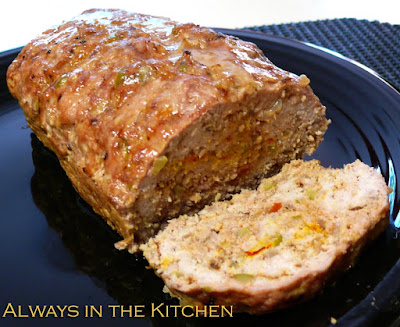 It has not been a stellar summer, here in the permanently damp Pacific Northwest. August, usually our go-to month for griping about the heat and languishing over drinks on patios about town, has been a disappointment most of the way through. So, now that the sun has come out again, however briefly, and given that it's the end of August, it seemed like a good idea to go for a dish that in itself evokes sun-drenched days and summer lassitude. I'm talking paella.
It has not been a stellar summer, here in the permanently damp Pacific Northwest. August, usually our go-to month for griping about the heat and languishing over drinks on patios about town, has been a disappointment most of the way through. So, now that the sun has come out again, however briefly, and given that it's the end of August, it seemed like a good idea to go for a dish that in itself evokes sun-drenched days and summer lassitude. I'm talking paella.I have never made paella before. It's one of those dishes that seems a bit scary, all fraught with rules, and despite having spent a couple of weeks in Spain, I'm not as familiar with Spanish cuisine as I might be. It's not a well-represented style, around here. However, I do remember from my travels that I encountered many a diverse dish that all claimed to be a type of paella, which encouraged me that there are a variety of acceptable variations - and probably some devious restaurateurs who will call anything made with rice a paella to get some tourist dollars.
In the spirit of full disclosure, the dish that I made would probably properly be designed an "arroz" in Spain, because a) the pan it was made in (not a proper paella pan, simply a big ol' non-stick skillet) and b) much of the cooking time is spend in the oven. Not, therefore officially paella, even though its oven-time was uncovered, to allow the dish to roast, as opposed to steam.
The recipe I chose to take a whack at is none other than Mark Bittman's Paella with Tomatoes. It promised to be fairly quick and painless, and that is exactly what I was looking for. However, since I wasn't serving vegetarians, I decided to meat-it-up a little. My brief search for serrano ham was unfruitful, so I settled for thick-cut lean prosciutto, which I then cut into matchsticks (or rather, Palle cut into matchsticks, since cutting anything is hard for me these days), and rounded it out with a half-pound of large, raw prawns. I also added some sliced green olives (which had been stuffed with garlic, yum) because the flavours just seemed to go.
Other than that, I followed the linked-above recipe fairly closely. I added the matchsticks of ham with the onions, I tossed the sliced olives with the raw tomato wedges (heirloom tomatoes, an orange brandywine type and a green zebra), and I added the peeled prawns to the top of the pan when it had just seven minutes left to go in the oven. The only real divergence from the recipe methodology was to add the saffron to the warmed veggie stock, as opposed to simply plunking it in with the tomato paste.
 I learned a few useful things:
I learned a few useful things: One, I used too much saffron. My version of a large pinch may have been just a smidge too large. It didn't render it inedible, or even unenjoyable, but for future reference, a medium pinch would be better. There is a very slight bitterness to saffron, which becomes exacerbated when used in too-great a quantity. A little goes a long way.
Two, I should have tossed the shrimp with a little of the olive oil and maybe a dab of paprika, before adding them to the pan. While they were plump and delicious, they did sit on top looking a bit like an after-thought. A little pre-emptive anointing would have taken care of that beautifully. When I was in Spain, the prawns that arrived on a paella were inevitably in head-on fashion, but I wanted this to be simple to eat. If I had left the prawns at least in their shells, however, I could have added them with the tomato layer at the beginning of the oven time, and they would have integrated into the dish a bit more.
Three, while heirloom tomatoes make a very sexy salad, there's something unsettling about green tomatoes coming out of the oven. Not a huge objection, but I found myself thinking that red tomatoes might have been more beautiful.
Four, the quality of the olives counts. Enough said.
Five, the slightly caramelized roasted tomatoes were fantastic. I wouldn't dare try this with insipid supermarket orbs.
With all of those things in mind, it is really only a matter of time before I make this again, incorporating my new-found experience and, since it produces such a lot of food, maybe even for guests.














